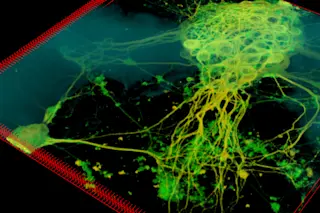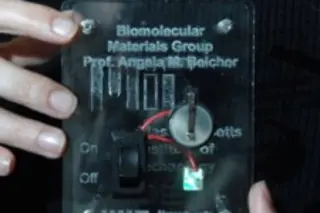On a cold, blustery afternoon the week before Halloween, an assortment of spiritual mediums, animal communicators, and astrologists have set up tables in the concourse beneath the Empire State Plaza in Albany, New York. The cavernous hall of shops that connects the buildings in this 98-acre complex is a popular venue for autumnal events: Oktoberfest, the Maple Harvest Festival, and today’s “Mystic Fair.”
Traffic is heavy as bureaucrats with id badges dangling from their necks stroll by during their lunch breaks. Next to the Albany Paranormal Research Society table, a middle-aged woman is solemnly explaining the workings of an electromagnetic sensor that can, she asserts, detect the presence of ghosts. Nearby, a “clairvoyant” ushers a government worker in a suit into her canvas tent. A line has formed at the table of a popular tarot card reader.
Amid all the bustle and transparent hustles, few of the dabblers at the ...











